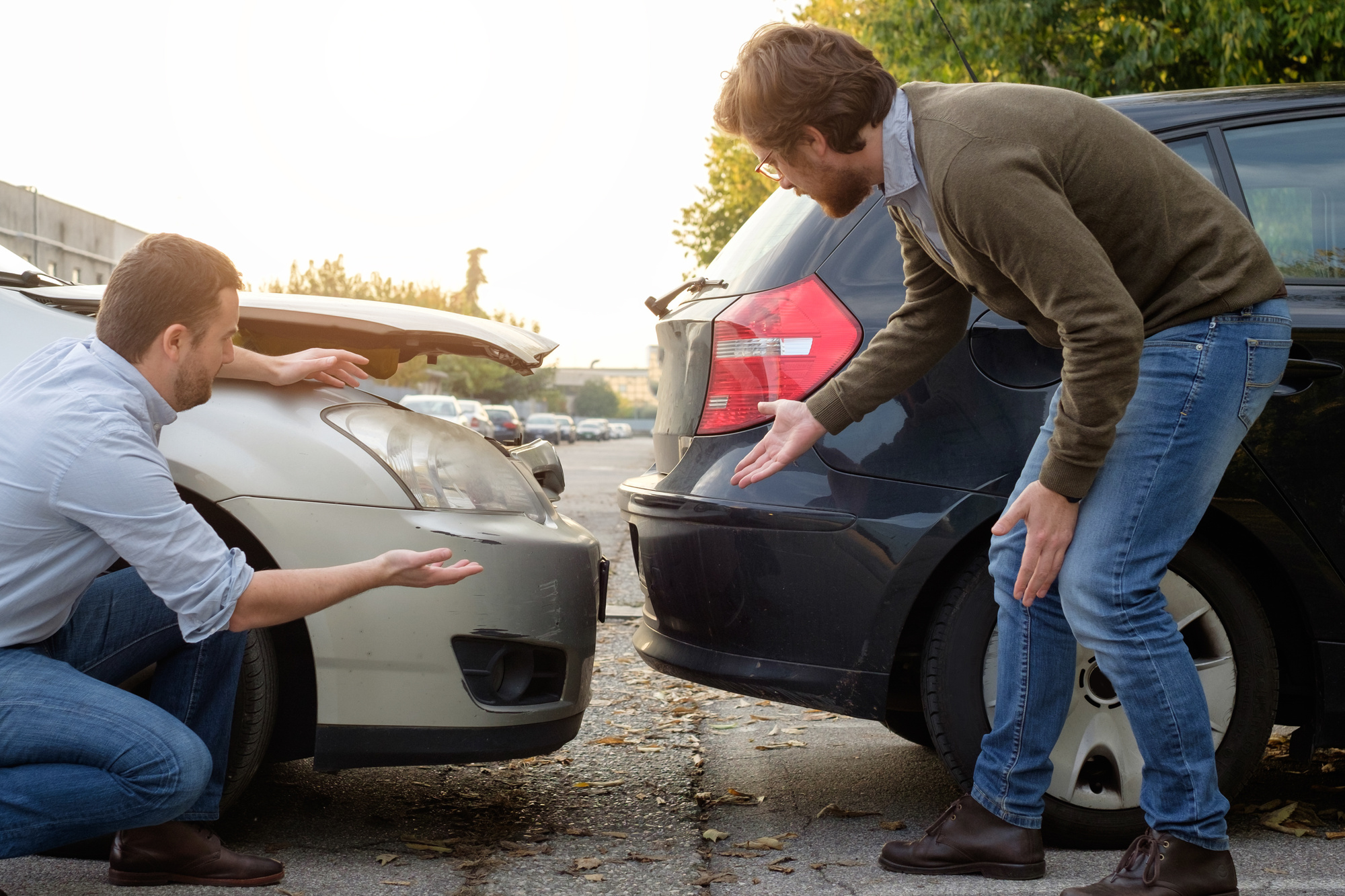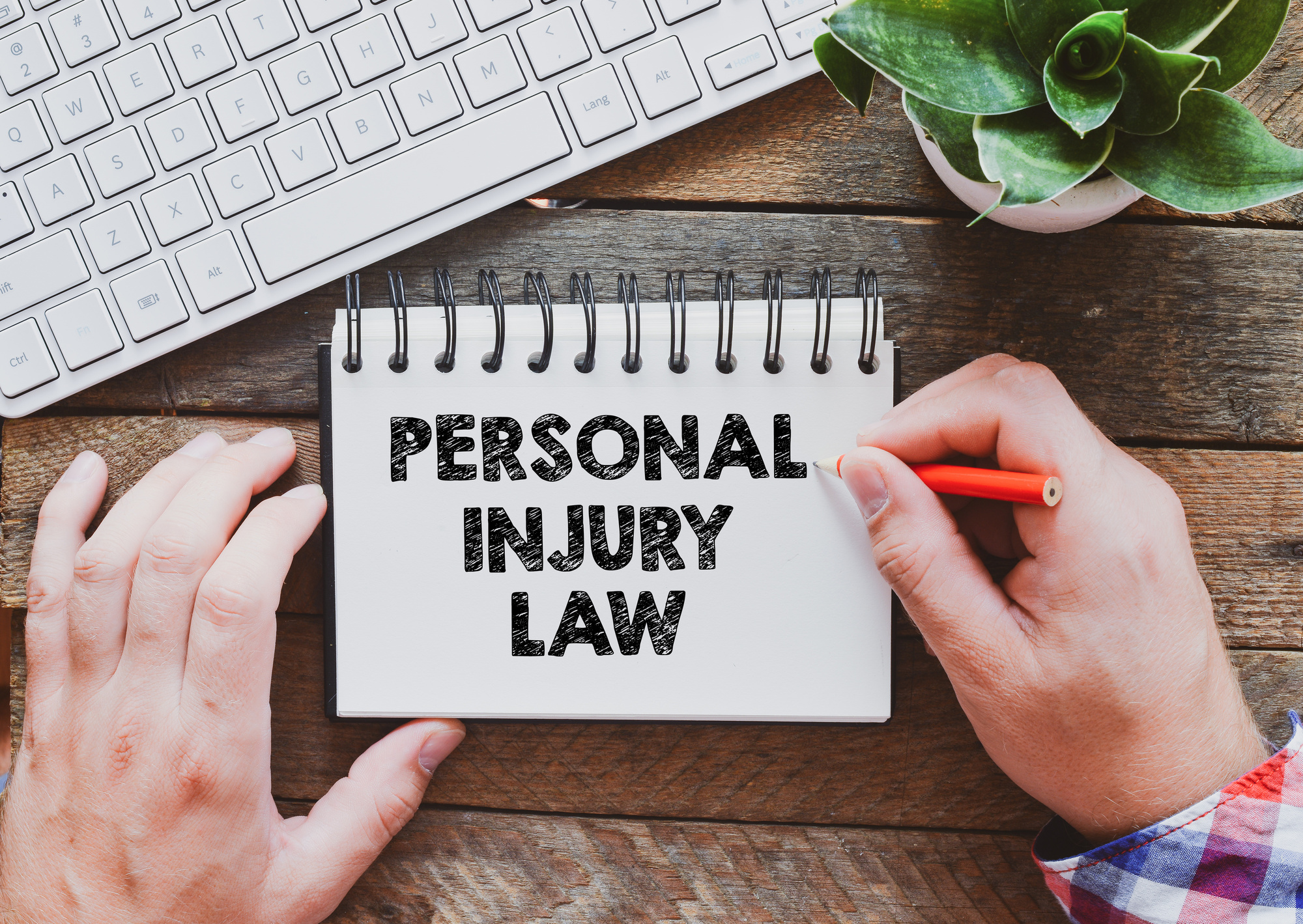Were you involved in an accident that wasn’t your fault? Are you wondering if it’s worth submitting a claim to recover financially?
Understanding car accident fault is necessary to make the right choice.
Fortunately, we’ve created an easy-to-understand legal guide to determining car accident fault. Keep reading to learn how you can benefit from pursuing a claim.
Assessing the Scene of the Accident
Once you have determined that an accident has occurred, it is important to take stock of the situation and assess the scene. This will help you to determine who is at fault for the accident.
First, you should check for any damage to the vehicles. This can be tricky, but there are some things you can look for to help you make a decision.
Pay attention to skid marks, damage to the vehicles, and the position of the cars to try to piece together what happened. These can help you to determine the point of impact and who was likely at fault.
Finally, you should exchange information with the other driver involved in the accident.
Interviewing Witnesses
Interviewing witnesses is a crucial part of determining fault in a car accident. You will want to get the contact information of any witnesses at the scene, and then follow up with them as soon as possible.
This will help establish what happened and who is responsible. If there are no witnesses, you may need to look at other evidence, such as skid marks or damage to the vehicles, to determine fault.
In your interview, you will want to ask them what they saw, if they have any video footage of the accident and if they are willing to provide a written statement. If a witness is not cooperative, you may need to subpoena them to testify in court.
Analyzing Police Reports
If you are involved in a car accident and the police are called to the scene, they will likely file a report. This report can be helpful in determining who is at fault for the accident.
Many police departments and officers will now allow you to do this online. If not, you can always go to the station and request a hard copy. Once you have the police report, you will need to analyze it.
The report will likely include information on the drivers involved, as well as any witnesses to the accident. It will also include a description of the accident and any evidence that was collected at the scene.
Look for any wording that indicates one driver was at fault. For example, if the report says that one driver failed to yield, that driver is likely at fault. If the report is not clear, you may need to speak to an attorney to help you interpret it.
Examining Insurance Coverage
The first step in examining insurance coverage is to understand the different types of coverage that are available to you. The most common type of insurance coverage is liability insurance, which will pay for damages if you are found at fault in an accident.
Other types of coverage include collision insurance, which will pay for damages to your own vehicle, and comprehensive insurance, which will pay for damages to your vehicle if it is damaged in an accident.
Once you understand the types of coverage that are available, you can begin to examine the coverage that you have in relation to the accident.
If you were in an accident, what you should do is call your insurance company to report the accident. Your insurance company will then begin an investigation to determine who is at fault for the accident.
The investigation will likely include an examination of the police report, witness statements, and any other evidence that is available. Once the investigation is complete, the insurance company will make a determination of fault and will provide you with a copy of the determination.
If you disagree with the determination, you can file a claim with your insurance company to have the determination reviewed.
Consulting With an Attorney
Consulting with an attorney can help to guide you through this process and ensure that you are fairly compensated. There are many factors that go into determining a car accident fault, including who was speeding, who ran a red light, and who was driving recklessly.
Even if the other driver was at fault, there may be other factors that come into play when filing a claim, such as whether or not the other driver was insured. An experienced attorney can help you understand the applicable laws and how they relate to your specific case.
You can make the best possible decision for yourself and your family by hiring an attorney. If you are looking for a car accident lawyer and professional legal assistance, check out gardengrovecaraccidentlawyer.com.
Determine Car Accident Fault Now
From the information provided in this guide, it is clear that there are a number of factors to consider when determining car accident fault.
If you’ve been in a car accident, it is important to gather as much information as possible and consult with an experienced lawyer to ensure that you are not unfairly held responsible.
This can help you make a case with your insurance company or the other driver’s insurance company. It can also help you avoid getting sued or being sued.
Did you find this article helpful? Check out the rest of our blog for more legal information.







